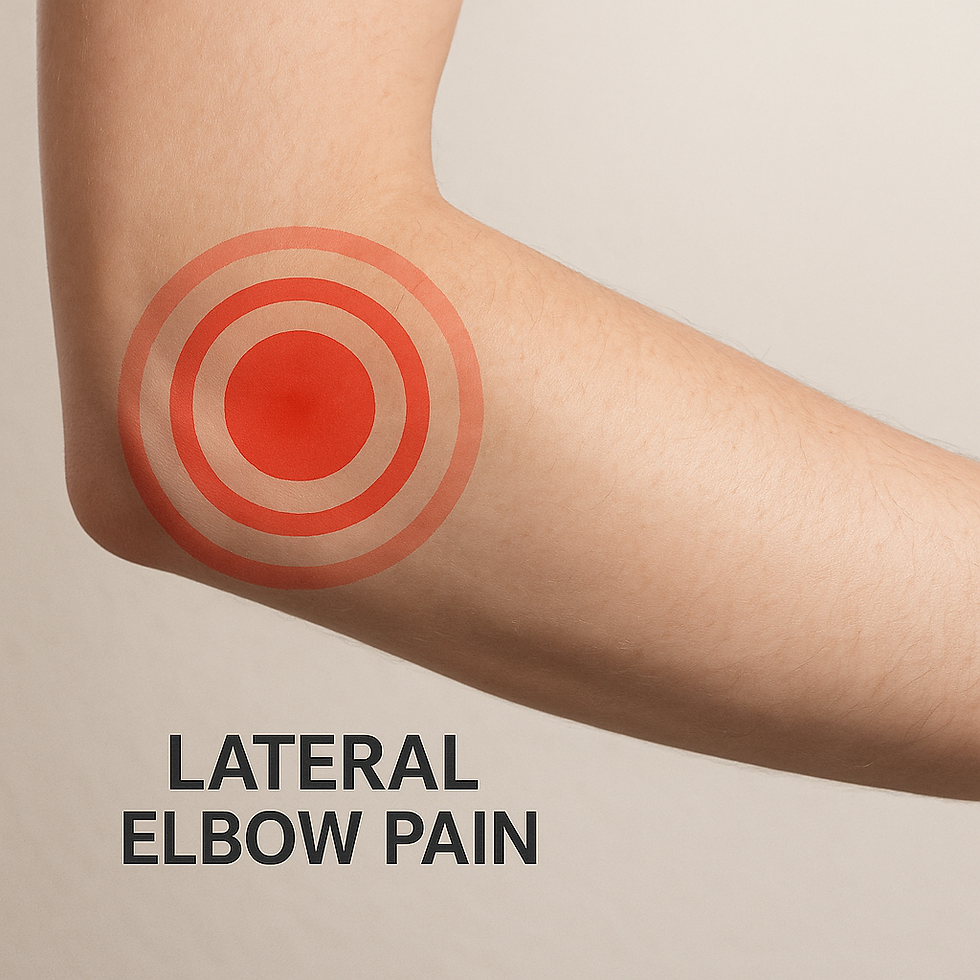What are you doing to move better? Are you focusing more on mobility or flexibility?
- Will

- Mar 23, 2021
- 3 min read
Updated: Jul 18, 2021
Whether you prefer Olympic lifts, Powerlifting, CrossFit, Running or simply getting out and Walking. The continual loading of the system associated with exercise and living life will, in time, result in tight muscles. Couple this normal loading with prolonged positions that come with life responsibilities, sitting primarily, and you begin to yank the joints into extreme positions and live there for days, months, years and in some cases, decades. Millions of reps in a less that optimal position distributed over a long period of time will results in millions of itty bitty microtraumas that can ultimately result in overloaded, irritated and downright pissed off tissues. Think of the friend or loved one, maybe even yourself, that "threw their back out sneezing"...
No, for the record, the sneeze did not throw out the back. Chronic poor posture, chronically overloaded tissues, suboptimal movement patterns pushed that tissue to the cliff's edge and it just so happened that it was a sneeze that shoved that tissue over the edge.
So what do you do? Are you doomed to a life of suboptimal positions?
Good News! Nope you're not!
How do you address this and ultimately fix it? Do mobility work.
Some define mobility as simply stretching before a workout. This is isn't wrong but it's also not entirely right either. An oversimplification of "stretching" vs. "mobility" is that stretching has more of a muscular influence whereas mobility has more of a joint position influence.
But isn't stretching also influencing joint position? Yes.
And mobility influencing muscle length? Also Yes.
I think the nuance comes from what YOU need most. Do you need better joint play or do you need better joint motion? Typically, it's both. If you only ever focus on one the other is lacking. Having good muscular flexibility AND joint mobility results in an improved "movement competence".
You can access more positions AND express strength/control in those same positions.
It's when we find ourselves in a position that we haven't trained in/accessed - like being pinned in the bottom of a clean or squat - that we can't express strength and are more likely to be injured in.
If you squat 600# but cannot perform full hip extension due to the anterior hip being tight, you cannot fully engage your glutes. Are you strong? Hell yes. Could you be stronger if the glutes weren't inhibited by your suboptimal hip position? YES. The lack of joint mobility prevents you from expressing full strength through a complete range of motion.
Mobility, however, is not a sprint. It has taken a long time and millions of reps to create this dysfunction. Fortunately, your return to optimal positioning will not take the same amount of time and reps. Your concrete hips may have taken 2 decades (or more) to lock in but it may only take 3-12 months to unwind this wound up tissue and improve joint position.
But
Your brain is really, really good at finding ways around stiff tissues and positions. Once you achieve/re-achieve better positions you have to keep working on them otherwise your brain will revert back to old, easier, suboptimal positions and movement patterns.
There are lots of resources out there to get you started on your "Mobility Journey". One of my favorites is "Becoming A Supple Leopard" by Kelly Starrett. It provides an awesome, full-body overview to get you started.
If you want a more you-specific plan based on your needs and goals, let us know.
Regardless of how you go about this journey, once you start moving and feeling better, you'll feel like you don't need to do the work as often...this cannot be farther from the truth. Stay on top of your mobility work and the likelihood of injury reduces to almost zero.
-WD




Comments